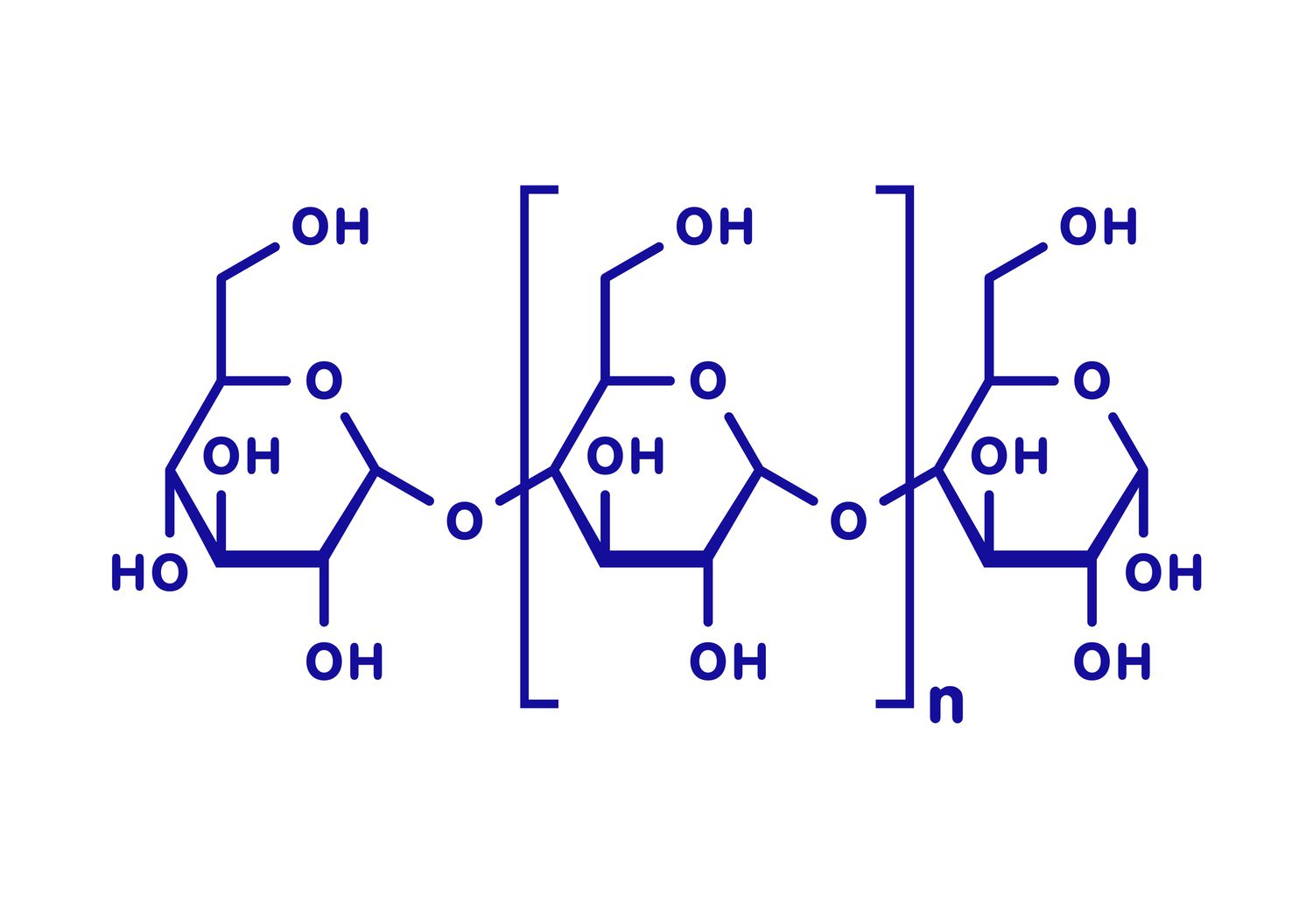
Polysaccharides are complex carbohydrates made up of long chains of monosaccharide units. They play crucial roles in both plants and animals, serving as energy storage and structural components. Starch, glycogen, and cellulose are some of the most well-known polysaccharides. Starch, found in plants, acts as an energy reserve. Glycogen, stored in animals, serves a similar purpose. Cellulose, another plant polysaccharide, provides structural support. These molecules are essential for various biological processes and have numerous applications in food, medicine, and industry. Understanding polysaccharides can help us appreciate their importance in everyday life. Ready to learn 50 fascinating facts about these vital compounds? Let's dive in!
Key Takeaways:
- Polysaccharides, like starch and cellulose, are essential for energy storage, cell structure, and even wound healing in living organisms. They also have industrial uses, from biodegradable plastics to drug delivery systems.
- From providing energy and aiding digestion to being used in biodegradable plastics and vaccines, polysaccharides play diverse and crucial roles in both biology and various industries.
What Are Polysaccharides?
Polysaccharides are complex carbohydrates made up of long chains of monosaccharide units. They play crucial roles in biology and nutrition. Here are some fascinating facts about these essential biomolecules.
- Polysaccharides are also known as glycans.
- They are composed of more than ten monosaccharide units.
- Starch, cellulose, and glycogen are common examples.
- They can be branched or unbranched.
- Polysaccharides are typically insoluble in water.
- They serve as energy storage in plants and animals.
- Cellulose is the most abundant organic polymer on Earth.
- Starch is a major carbohydrate in the human diet.
- Glycogen is stored in the liver and muscles.
- Chitin, found in the exoskeletons of insects, is a polysaccharide.
Types of Polysaccharides
Polysaccharides can be categorized based on their structure and function. Each type has unique properties and uses.
- Homopolysaccharides consist of only one type of monosaccharide.
- Heteropolysaccharides contain two or more different monosaccharides.
- Storage polysaccharides store energy.
- Structural polysaccharides provide support and protection.
- Starch is a storage polysaccharide in plants.
- Glycogen is a storage polysaccharide in animals.
- Cellulose is a structural polysaccharide in plants.
- Chitin is a structural polysaccharide in fungi and arthropods.
- Agar, derived from seaweed, is used in microbiology.
- Pectin, found in fruits, is used as a gelling agent.
Functions of Polysaccharides
Polysaccharides perform various functions in living organisms. Their roles are vital for survival and health.
- They provide energy through hydrolysis.
- Polysaccharides help in cell recognition and signaling.
- They contribute to the structural integrity of cells.
- They act as dietary fiber, aiding digestion.
- Polysaccharides can have anticoagulant properties.
- They are involved in immune responses.
- Some polysaccharides have prebiotic effects.
- They can form protective biofilms.
- Polysaccharides are used in wound healing.
- They help in the stabilization of food products.
Industrial and Medical Applications
Polysaccharides are not only important in biology but also have numerous industrial and medical applications.
- They are used in the production of biodegradable plastics.
- Polysaccharides are employed in drug delivery systems.
- They serve as thickeners in food products.
- Polysaccharides are used in the textile industry.
- They are components of bioadhesives.
- Polysaccharides are used in water purification.
- They are ingredients in cosmetics.
- Polysaccharides are used in the paper industry.
- They are involved in the production of biofuels.
- Polysaccharides are used in the development of vaccines.
Interesting Facts About Polysaccharides
Here are some lesser-known but intriguing facts about polysaccharides that highlight their diversity and importance.
- Hyaluronic acid, a polysaccharide, is found in connective tissues.
- Dextran is used as a blood plasma substitute.
- Inulin, a polysaccharide, is used as a dietary fiber supplement.
- Xanthan gum, produced by bacteria, is a common food additive.
- Alginates, derived from algae, are used in dental impressions.
- Heparin, an anticoagulant, is a polysaccharide.
- Carrageenan, from red seaweed, is used in food processing.
- Polysaccharides can form hydrogels.
- Some polysaccharides have antiviral properties.
- They can be modified chemically for various applications.
The Final Scoop on Polysaccharides
Polysaccharides are more than just complex carbohydrates. They play crucial roles in our bodies and the environment. From providing energy to supporting cell structure, these molecules are essential. Starch, cellulose, and glycogen are some of the most well-known types. Each has unique functions and benefits. Starch fuels our bodies, cellulose supports plant structure, and glycogen stores energy in animals.
Understanding polysaccharides helps us appreciate their importance in nutrition and biology. They’re found in many foods, like potatoes, grains, and fruits. Including these in your diet can boost health and energy levels. Plus, they’re used in various industries, from food production to pharmaceuticals.
So, next time you munch on a slice of bread or an apple, remember the mighty polysaccharides working behind the scenes. They’re not just carbs; they’re vital for life.
Frequently Asked Questions
Was this page helpful?
Our commitment to delivering trustworthy and engaging content is at the heart of what we do. Each fact on our site is contributed by real users like you, bringing a wealth of diverse insights and information. To ensure the highest standards of accuracy and reliability, our dedicated editors meticulously review each submission. This process guarantees that the facts we share are not only fascinating but also credible. Trust in our commitment to quality and authenticity as you explore and learn with us.
